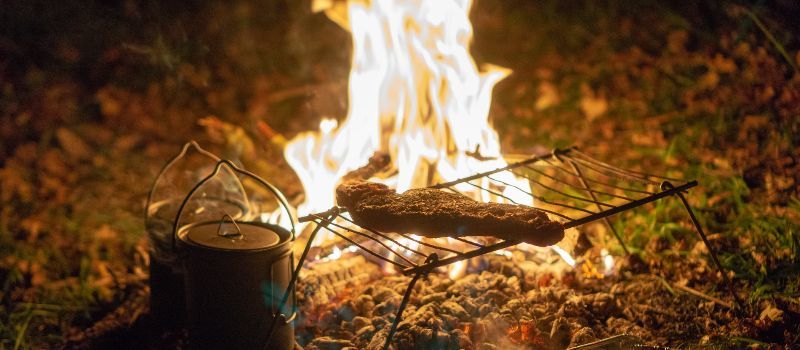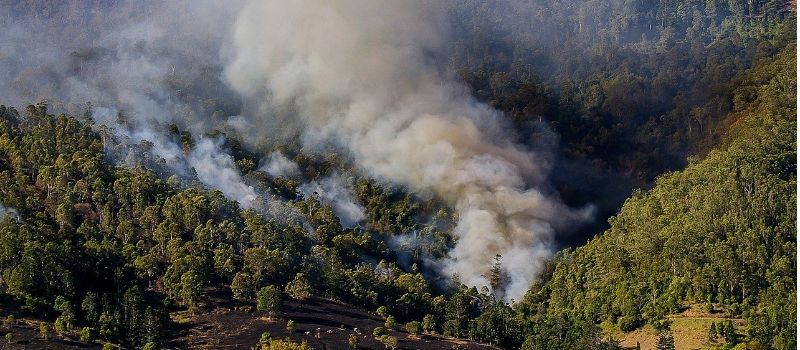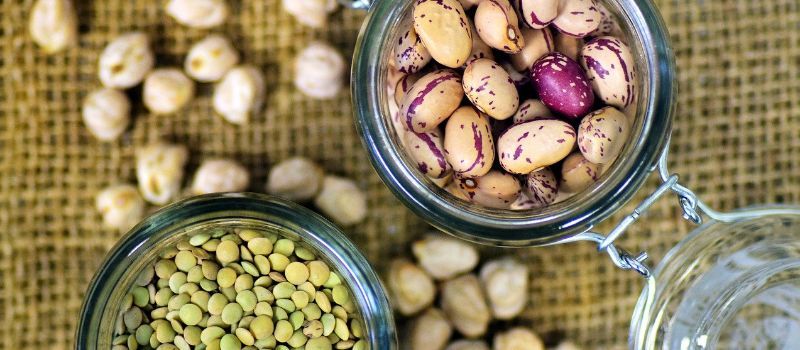Survival Protein Sources
Posted on Thursday, March 11, 2021
To keep this site free for consumers, we receive compensation for customer referrals.
When emergencies happen, you may find yourself scrambling for food sources. One crucial dietary component you shouldn’t ignore is protein. Protein plays an essential role in maintaining all the cells in our bodies. Protein should be eaten every day. Since it’s a macronutrient, you need to eat a fairly sizable amount of it to stay healthy. Your nails and hair are primarily made of protein, and this nutrient helps move oxygen throughout your body.
If you’re not getting enough protein, you may begin to notice thinning hair, brittle nails, red skin, muscle loss, a weakened immune system, more feelings of hunger than normal, and over time, an increased bone fracture risk. The recommended dietary allowance for protein calls for getting .36 grams per pound of body weight for optimal health. That means someone who weighs 160 pounds should get about 58 grams of protein per day.

What Are Good Sources of Protein?
If you’re worried about having enough protein, you need to first figure out where it comes from. Meat is an excellent source of protein. That can include red meat, white meat, and fish. Although many of us wouldn’t want to eat them even in an emergency, worms, crickets, and other insects are an outstanding protein source.
Beef, chicken, turkey, pork, and most fish all contain around seven grams of protein for every ounce you eat. Eggs and dairy, such as cottage cheese, milk, and Greek yogurt, all contain protein as well. One egg has six grams of protein, while an eight-ounce cup of milk has 8 grams.
Protein powder, a staple in the home of hard-core fitness buffs, is one of the easiest protein sources people can keep at home. By tossing in a scoop of powder into a smoothie or beverage, you can get a lot of protein.
Beans, sunflower seeds, and nuts are another excellent source of protein, with just one-half cup of lentils providing nine grams. Beans make a wonderful high-protein emergency food because they can keep for a long time without refrigeration and are simple to prepare.
What if an Emergency Hits?
Emergencies happen daily throughout the world. On any given day, someone might find themselves having to evacuate their home because of a forest fire, stuck without resources following an earthquake, or facing an extended power or water outage.
If you’re facing an emergency situation, where can you find protein? It won’t be as easy as heading to the grocery store to pick up your favorite protein source. To get through a crisis, you’ll need to think creatively and plan ahead.

Finding Protein Sources in a Pinch
First off, it’s always better to be proactive than reactive. If you acknowledge that emergencies are a fact of life you should be prepared for, you’ll be much better off when things hit the fan. Preparation is always going to be your first line of defense when it comes to having enough protein.
You should always store prepared emergency food packets or buckets just in case something unexpectedly goes wrong. It can be reassuring to know that you always have a protein source on hand no matter what. To stock up on emergency food stashes, it’s helpful to visit websites that sell prepackaged emergency foods in kits. These sites take out all the guesswork, telling you how many days their kits will last for and how many calories they provide. The perks of buying kits through these sellers is that you know you’re getting balanced nutrition, foods that are easy to prepare, the cost benefit of bulk buying, and the long shelf life that will get you through any emergency.
It’s a good idea to rely upon non-animal protein during an emergency because you may not have access to hunting or fishing equipment, and you may not have the skills to be able to support your nutritional needs this way.
Beans are a favorite survival protein source for emergency preppers because of their high protein content and versatility. Lima beans, kidney, black, navy, refried beans, and cannellini beans are popular for emergency buckets or bags because they taste great. If you have canned beans, you can simply pop the top and eat them without heating. Or, if you can make an outdoor fire, you can soak and cook dried beans easily. If you’re worried you won’t have access to a fire, canned beans are a great option. Keep in mind, canned beans will weigh more than a bag of dried beans, so you might want to complement them with some lightweight protein, especially if you need to travel with your emergency kit.
Tuna fish is an excellent lightweight protein source that travels well and has a relatively long shelf life. A single can have almost half of the daily protein you need. Sunflower seeds, beef jerky, and nuts are also light to carry, have a long shelf life, and contain a solid amount of protein.

Prepare for the Unexpected
In today’s busy world, it can be difficult to avoid grabbing unhealthy sandwiches on the go because you haven’t had time to cook or plan for a meal. But there are options like diabetic meal services that will help you avoid that dietary trap.
A supply of beans, nuts, and tuna fish, as well as canned or dried fruits and vegetables for a balanced meal, will get you through short-term emergencies with your nutritional needs fully met. To prepare for longer emergency outages, you can find kits that take into account long-term calorie and nutrition counts. Since life can be unpredictable, keeping your home stocked with emergency supplies means you won’t be caught off-guard when life changes course.
Top Posts
- Exploring Computer Monitors
- Exploring the Benefits of Video Doorbells
- Maintenance for Smoke Detectors
- Treadmills: The Ultimate Guide to Getting Fit
- Rice Cookers for Every Kitchen
- Curling Irons for All Hair Types
- Better Dental Health with Electric Toothbrushes
- Meal Delivery for Celiac Disease & Gluten Intolerance
- Pet Insurance for Cats
- Air Purifiers for Allergies


